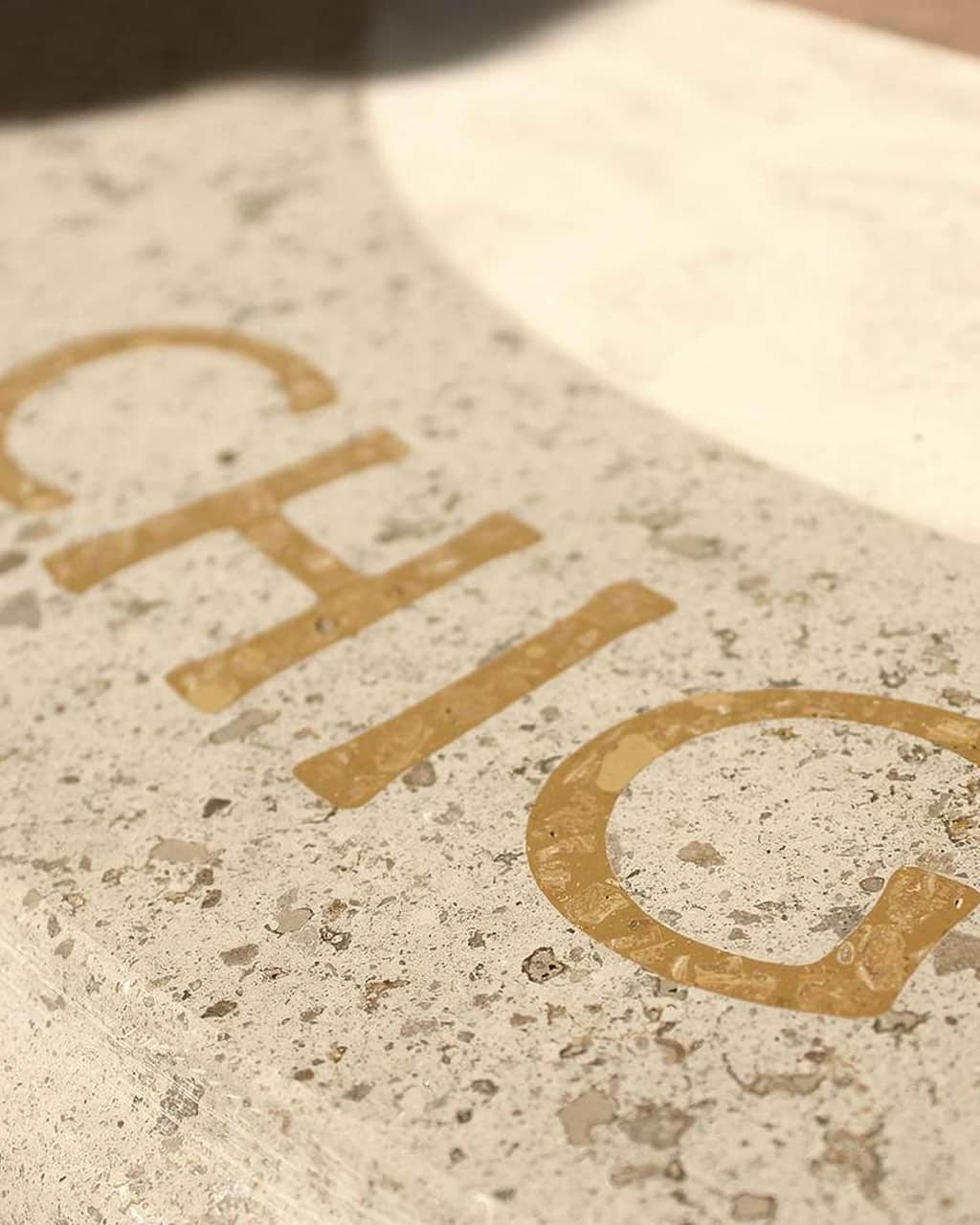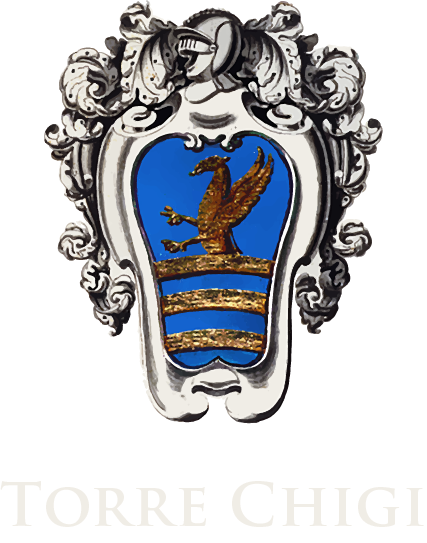ITALY’S UNESCO TREASURE
Located in the heart of the village San Gimignano (UNESCO Heritage) lies a complex tower that holds three hundred residences, incorporates one of the medieval tower internationally famous.
The tower, although not very high, is one of the most beautiful in the city. It was built in 1280 and belonged to both the Useppi and Chigi family.
the tower
medieval charming culture
Located in the heart of the village San Gimignano (UNESCO Heritage) lies a complex tower that holds three hundred residences, incorporates one of the medieval tower internationally famous. Already the famous Useppi family, which later became the property of the family Chigi Saracini.
The Chigi Tower is one of the fourteen historic towers of San Gimignano and is located in Piazza del Duomo.
The tower, although not very high, is one of the most beautiful in the city. It was built in 1280 and belonged to both the Useppi and Chigi family.
The first three floors are covered with stone, well squared cut drafts, which open on the lights with low arches. On the first floor there is a typical portal which is accessed by stairs, the legacy of the struggles of the times of medieval towns, when they preferred to sleep secure building access by withdrawing the first floor stairs at night.
On the second floor window is a narrow elongated slot with a bow resting on shelves. The top is covered with bricks instead of two single windows on the same first two floors, while the latter has no openings.
It is the height of each floor are aligned trampling of neat rows of four scaffolding holes each, equipped with shelves, which look like wooden balconies that once had to increase the surface arrange.

The tower is flanked by medieval buildings of particular value for the valuable presence of mullioned windows with nice workmanship. Built in 1280, the Useppi Tower, now called Chigi, belonged to the family of Useppi. The tower, although not very high, is one of the fourteen historic towers of San Gimignano, and is situated in Piazza del Duomo. The Useppi were very powerful “sienese” citizens, owners of many castels. In 1214 the Useppi settled in San Gimignano, where they went to live in Useppi Tower Palace, next to the Palazzo del Podestà, in the beautiful Piazza del Duomo.
When the noble Useppi family became extinct, the heirs who took the properties of the noble family were the family called Chigi-Saracini. The last representative was count Guido Chigi-Saracini in Siena. In 2002 the Cilemmi-Giachi family bought this tower with the personal goal to encourage the combination of the Beauty and History.
Conte Guido Chigi Saracini

It was 1932 when conte Guido Chigi Saracini (Siena 8 March 1880 – 18 November 1965), last descendant of the family, gotten passionate of music, founded the Accademia Musicale Chigiana, investing in this enterprise its material assets and lending to musicians of world-wide reputation the magnificent palace of via di Città.
A passion that finds its roots in the formation of the conte that in fact studied at the conservatory Luigi Cherubini of Florence. Having inherited a huge patrimony, he began to use it in order to promote the musical activity in its city. Therefore the Quintetto Senese was founded and supported economically by Guido Chigi Saracini who organized the concerts devolving some of the proceeds in beneficence. One of the most importantant manifestation was the execution in 1913 of the Messa di Requiem di Giuseppe Verdi in the Church of Saint Francesco. For the personality of the interpreters – the director was Edoardo Mascheroni, a musician much appreciated by Verdi- and for the relative rarity of the brano, the event had great national resonance thanks also to the presence in Siena of Arrigo Boito, guest of the conte with which he then tied in a deep friendship and by whom he was influenced in his future activity.


To the end of the First World war, to which he participated like a volunteer, Guido Chigi began a program of restructure of his Saracini palace in order to adapt it to the requirements of music.
It was therefore that the painter, sienese sculptur and architect, Arturo Viligiardi, transformed what had been known as the dance hall into concert hall that was inaugurated on the 22nd of November 1923 with the first event of a season, today still existing, entitled by the Conte “Micat In Vertice”, a maxim inspired to the family coat of arms.
In 1939, with the council of Alfredo Casella – that had already brougth to siena the VI Festival della Società Internazionale di Musica Contemporanea(VI Festival of International Society of Contemporary Music)- Guido Chigi Saracini created the(Settimana Musicale Senese) Sienese Musical Week. But already in 1932 he had founded the famous music classes that made the Chigiana Academy famous in the world.
historical archive
The works of art on paper have been the subject of exhibitions in Italy and abroad.

stamp collection
The Archive has achieved since then and kept by Cilemmi Giachi family and was later reconstituted with research activities in the past and enriched in the following decades with the discovery of documents and other materials relating to research activities in the long journey of the history of San Gimignano.
The archive consists of important historical past of the arts in San Gimignano; art museum made from them over the centuries and a wealth of documents, ideas, experiences, drawings, letters, artists, bibliographies, stamps, photos, catalogs of Florentine artists, photos and postcards of the time, the war of cultures with newspapers, pictures, posters 1939-1945.
The archiving of paper documents has not yet undergone a true classification and is part of one of the next targets. The works of art on paper have been the subject of exhibitions in Italy and abroad.

Torre Chigi, Piazza Duomo – 30 January 2008
One of the many hoobies of Counte Guido, was the keeping and collection of historycal and worldwide stamps.
